Folk & Ritual Dances Throughout Korean History
- byDamilola Jimmy
- 2 months ago
- 0 Comments
- 4mins
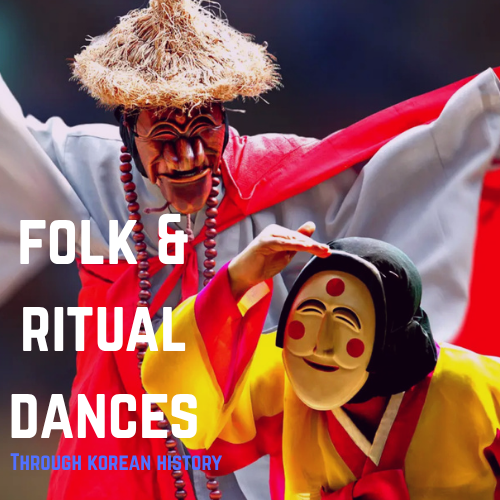
Koreans are known for their strong belief in ancestral spirits and powers. They believe the heavens are their strong guardians that should be obeyed, appeased, and celebrated. One of the ways they perform these duties is through several dances that can be either in the court, certain shrines (mountains, rivers, etc.) or celebration dances.
Here are some of the ritual dances that were carried out in ancient history that were solely for appeasing or celebrating their ancestral beliefs:
Ganggangsullae (강강술래- Circle Harvest Dance)
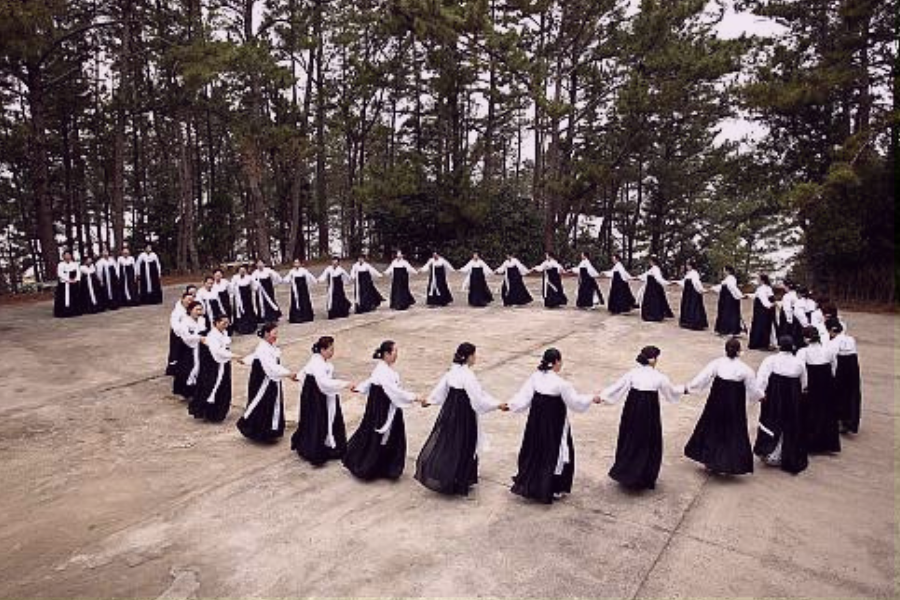
This dance is dated back over 5,000 years. It has a deep connection with the agricultural aspect of the Koreans. One of the Legends pointed to this dance as one of the military strategy that was used by Admiral Yi Sun Sin during the Imjin war (1592-1598) which was the Joseon (조선) Dynasty. The women danced in circles on mountaintops while dressed in men’s clothes to make the Korean Army look larger and confuse the enemies.
It is also linked to shamanism, where the women repeat a chorus about love, daily life, humor, or nature under the full moon during harvest festivals to demonstrate fertility, unity, and femininity. This dance was also designate as a UNESCO Intangible Cultural Heritage of Humanity in 2009, and it still exists till today.
Talchum (탈춤 - Mask Dance)
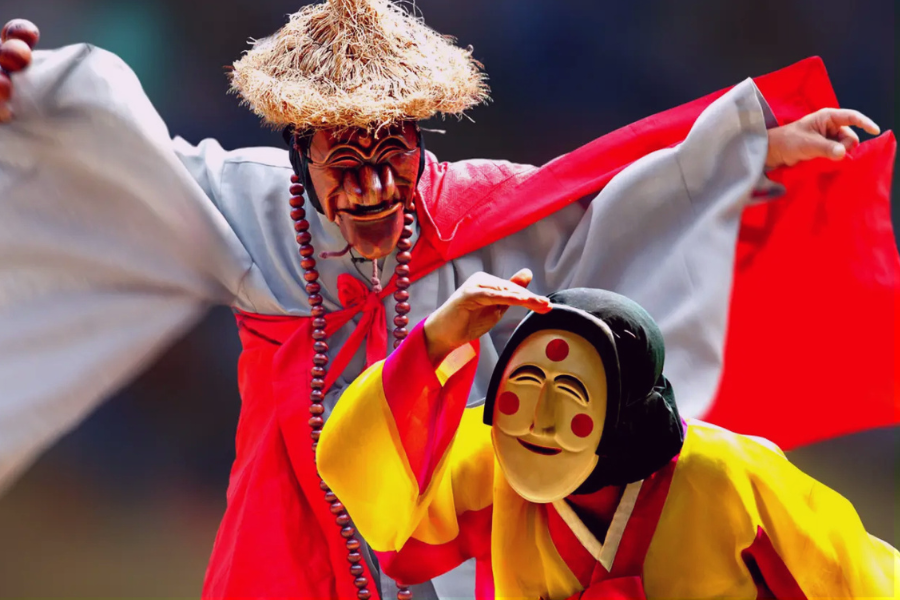
This is one of the traditional Korean dances that are used for rituals to drive away evil spirits. It also has a side to folk traditions. It found its name combination of “Tal” standing for “mask,” and “Chum” standing for “dance.” It is usually carried or with colorful masks that can be humorous or grotesque, in conjunction with bold movements. There are several drums, gongs, and flutes sounds to aid singing and dancing in order to deliver a perfect performance.
Aside from being used as a ritual dance, they also use it to mock corrupt officials, share everyday struggle, and tell stories for laughter purposes since the identity of the performers is hidden behind the masks. The dance also has several names according to regions like: Yangju Talchum (양주탈춤) and Gangnyeong Talchum (강령탈춤), all having their unique masks and dance styles.
Nongak (농악) / Pungmul (풍물 -Farmers’ Dance)
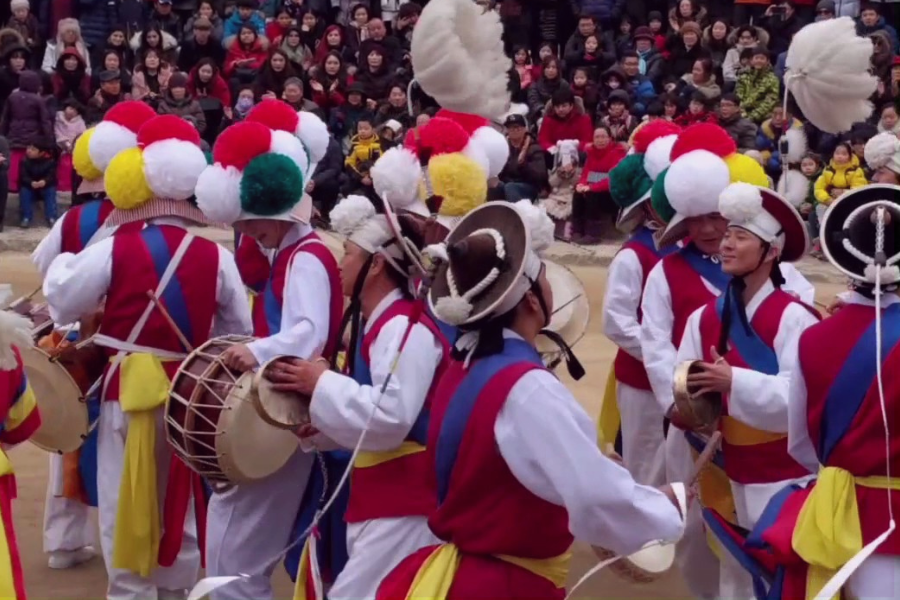
Gotten from the name “Nong” which means farmers and “ak” which stands for music, this dance is carried out by farmers. They sing farm songs, pray for good harvests, and carry out playful banters as they parade the village squares and fields.
It is also known as “Pungmul” which translates to “things of wind.” The instruments for this dance are kkwaenggwari (꽹과리) – a small gong, Jing (징) – a large gong, Janggu (장구) – a hourglass-shaped drum, and Buk (북) – a barrel drum. They all work together to provide the right beat and rhythm for the dance.
Seungmu (승무 - Monk’s Dance)
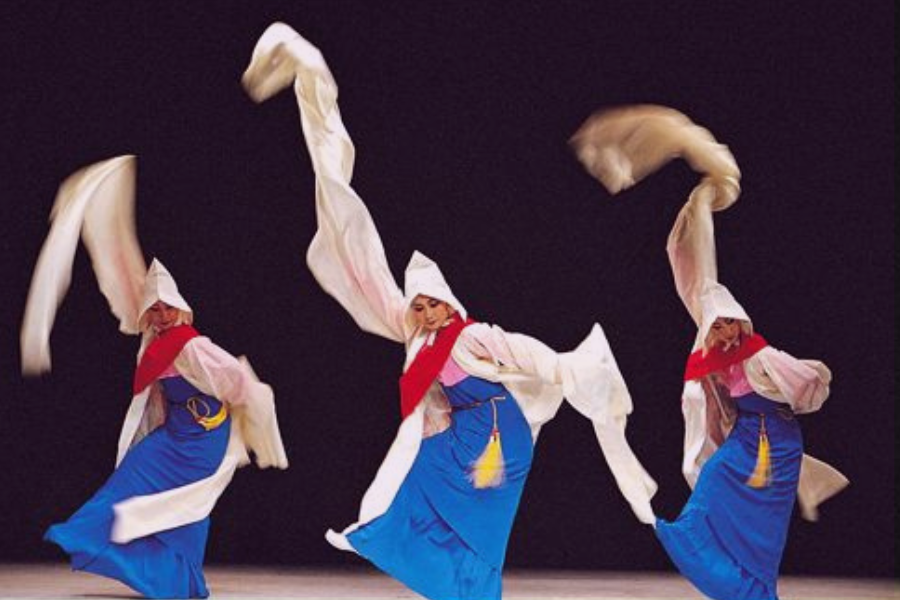
Even the monks are not left out in the ritual processes. Their beliefs are slightly different, but they acknowledge the guidance of the heavens. However, this dance is not carried out by the monks themselves but trained dancers. It is usually used for purification and a religious offering.
Dancer put on Jangsam (장삼), white flowing robes, with gasa (가사) which are long sleeves. A monk’s headpiece replica, gokkal (곡갈), which is a white hood is worn on their heads to create the graceful an wave-like motion while dancing. The dance was popularized by Han Seong Jun (1874-1942) who was a master dancer that ensured traditional Korean dances were refined and preserved. It is regarded as one of the greatest masterpieces of Korean dance and Korea’s Important Intangible Cultural Property No. 27 because of its origin and beauty.
Buchaechum (부채춤 -Fan Dance)
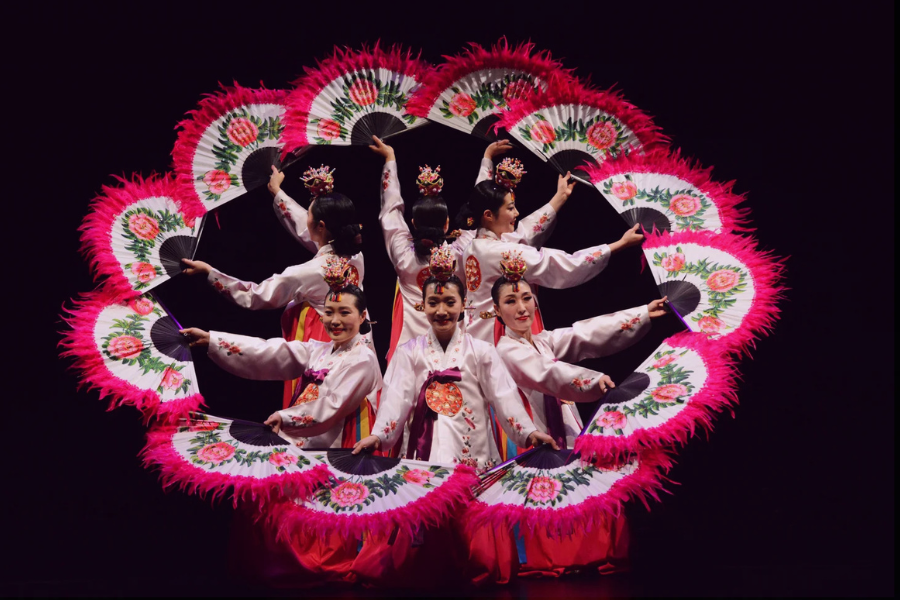
A combination of “buchae” – fan and “chum” – dance. It was created in the 20th century with the inspiration from court dances and shamanistic movements. It is carried out using large and pink peony blossom decorated fans that can be combined to create shapes like flower waves (just like the one carried out by BTS’s JIMIN), dragons, and butterflies.
Colorful hanboks usually in pink, green, or yellow to show the gracefulness are worn as the dancers move in unison, opening and closing the fans to form several patterns. It is known as the dance representing unity, beauty, and harmony.
Koreans passed down several dances to their descendants, and it’s so beautiful that most of them are still in existence even till this day. These dances make us realize the importance of organized movement in appreciation for songs and instruments. They are symbols that entertainment has been in existence way before the arrival of speakers and microphones. Which of the dances would you like to see?
Tags:
Damilola Jimmy
The ink drips smartly over here. Let me take you through the world of my imagination while riding on the letters😎 It's all fun in this corner.
0 Comment(s)
Related Posts
Daily Newsletter
Get all the top stories from Blogs to keep track.
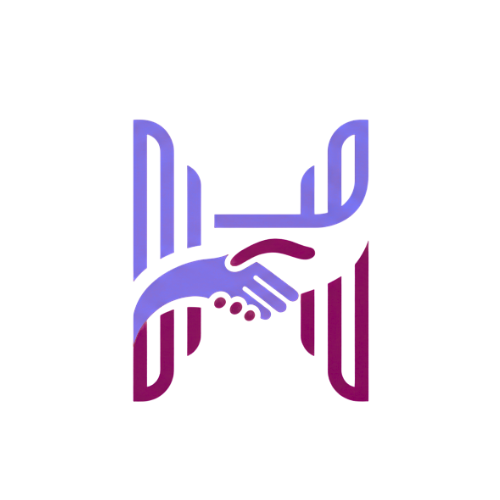
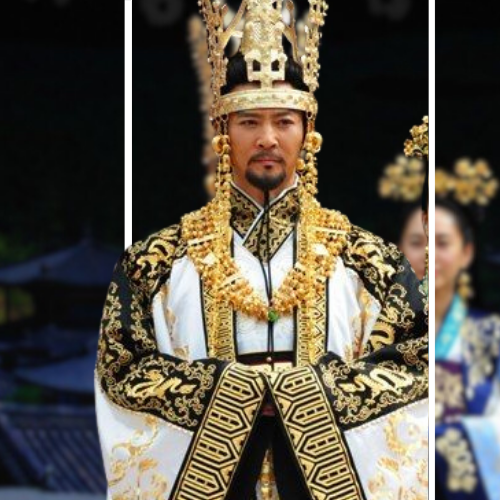



Leave a comment